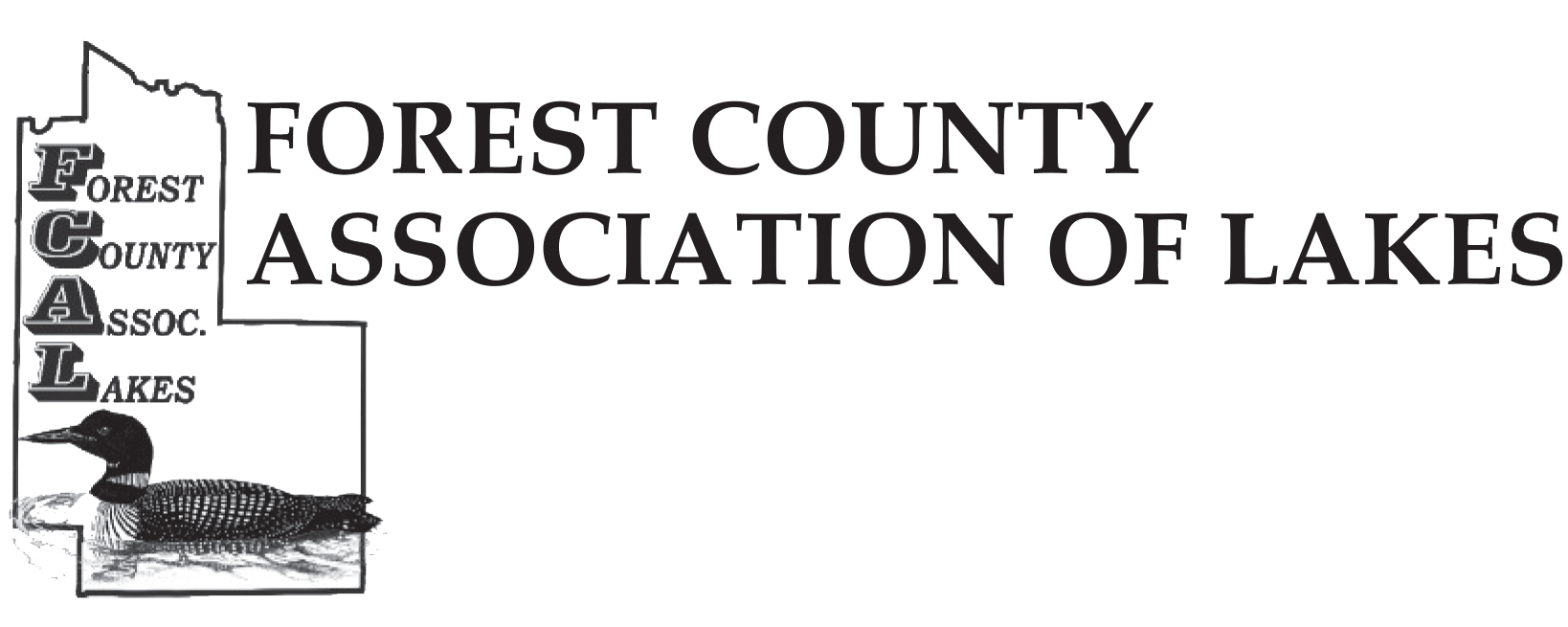Did you know that there are six different kinds of wetlands in Wisconsin? Wetlands can be classified as:
Marshes Marshes have water depths between six inches and six feet. Some have standing water year-round, others for only part of the year.
Sedge meadows Sedge meadows are dominated by grass-like plants called sedges. Annually, they will be wettest after snowmelt and spring rains. By the end of the summer, little or no standing water remains, earning these wetlands the nickname “dry marsh.”
Forested wetlands Forested wetlands, often referred to as swamps, are dominated by trees. Coniferous swamps, lowland hardwood swamps, and floodplain forests are all common types of forested wetlands.
Shrub thickets Shrub thickets are wetlands dominated by shrubs and small trees less than twenty feet tall. In Wisconsin, we have two types: alder thickets and shrub-carr. Periodic disturbances like flooding, logging, or wildfire keep shrub thickets from becoming forests. Typically, the soil in shrub thickets is saturated with water.
Bogs and fens Bogs and fens are uncommon wetland communities with water chemistry (pH) at the extremes: bogs are acidic and fens are basic or alkaline. Because of their water and soil conditions, bogs and fens are home to rare and specialized plants. Bogs receive their water from rainfall and snowmelt. Fens, however, occur in places where springs or seeps bring alkaline and sometimes calcium-rich groundwater to the surface.
Rare wetlands Wisconsin has two very rare wetland types found along our Great Lakes coasts: ridge-and-swale wetlands and interdunal wetlands. Ridge-and-swale wetlands have dry sandy ridges alternating with wet areas (swales). Interdunal wetlands are low spots carved by high winds in sand dunes bordering the Great Lakes.
Do I have a wetland? Some land owners don’t know that they have a wetland. Look for these signs during different seasons and weather on your property. Presence of water-loving plants, such as rushes, jewelweed, and marsh marigold. Not all wetlands have cattails. Soil saturated with water most of the year. Wetlands are not always wet. Water at, above, or just below the surface of the ground for at least a portion of the year. Wetlands may be “unusable” areas of a property, but have many important ecological functions for your land, including wildlife habitat, water quality, and flood storage.
Benefits of Wetlands:
1. Reduce Flooding Damage: The absorbent nature of wetlands regulate water flow during heavy rains which can reduce damage due to flooding.
2. Improve Water Quality: The soils in wetlands are extremely absorbent and can retain excess nutrients, sediment, and heavy metals like a sponge.
3. Provide Wildlife Habitat: Breeding and nesting animals as well as endangered species have specific habitat requirements that wetlands can provide. Woodchucks, muskrats, and beavers also need the mix of wetland and woodland habitat.
4. Carbon Sink: The unique soils of a wetland can store carbon for 100’s of years which can help fight the effects of climate change.
Caring for your wetland: Spend time in your wetland: Take note of wildlife, plants, spring birds, storms, and water levels between seasons and year to year. Learn about your wetland’s health. Know where your wetland is within your local watershed, what soils you have, what plants you have, and how the wetland has changed over time. Make a plan. Decide what your want to manage and create goals.
Conservation Corner is a weekly article produced by the Forest County Land & Water Conservation Department. For more information contact Steve Kircher, County Conservationist-Land Information/GIS Director at 715-478-1387 or by e-mail at .
